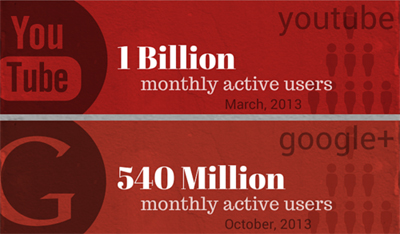I received an IM from a friend a couple days ago that got me thinking. He was asking for my advice because his friend’s 15-year-old son wants to start a social media marketing business. I asked my friend to send me this young man’s business plan, so that I could review and make recommendations. The response: “Um, he doesn’t have a business plan.”
WHAT?
Don’t get me wrong – there are teens who are capable of being businesspeople. Take Brooke Martin, for example, who created icpooch when she was just 12. This kind of magic can and does happen. But I can just see how this kiddo’s plan evolved… I want extra money > I like social networks > Local businesses use social networks > I could post for these businesses and charge them for it > I’ll start a social media marketing business! So easy, right? WRONG.
Clearly the first step would be to develop a business plan. But what that plan entails can really vary depending on the business. Creating and managing a business’ social media marketing could mean so many different things. A few examples? OK… a Facebook page, LinkedIn groups, a LinkedIn corporate page, a Twitter profile, a Google+ page, Tumblr, Reddit, Yelp. What about content driven social? Oh, how about… Pinterest, Instagram, a YouTube channel, Meerkat and/or Periscope and/or Vine, blogs. And that’s just the tip of the iceberg.


